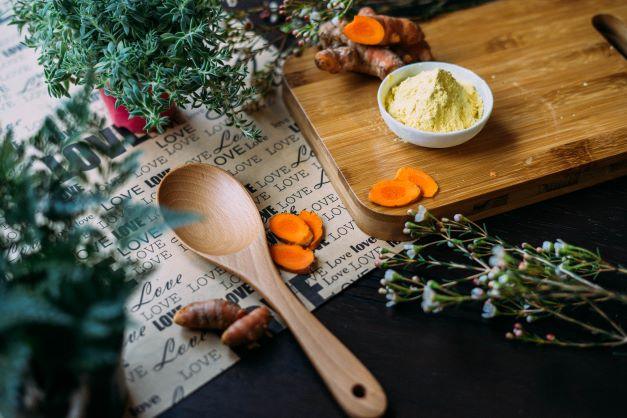
Drumroll please… here comes the science bit.
All soap makers love to talk about the science of making soap. The truth of the matter is many of us are still trying to get our own heads around the process too! No-one has all the answers and it helps to do your research thoroughly before embarking upon the soaping journey.

Soap making is a science. Science definitely doesn’t need to be boring and neither does it need to be a mystery.
The science of Soap in three minutes or less:
- There are three ingredients of soap - Soap is a mixture of fat or oil, water, and an alkali, or basic salt. When those ingredients combine in the proper proportions, they go through a chemical process called saponification, which results in soap
- By-products of saponification - Glycerine occurs naturally from the process of saponification. Glycerine is a humectant which means its highly moisturising for your skin. Some soap makers will remove glycerine to increase shelf life.
- How soap cleanses - Soap molecules have two personalities. One personality of the molecule loves water (hydrophilic) and the other personality of the molecule loves grease, dirt and oil (hydrophobic). When you wash your hands, the grease loving side grabs the grease, oils and the dirt on your skin, whilst the water loving side binds with the water. This results in cleansing.
- Lye in soap - For saponification to occur, you need to mix oils with lye. Lye is a mixture of sodium hydroxide and water. All soaps contain lye but the reaction between the oils and the lye makes sure there is no lye hanging around in soap once the soap has been made. Some consumers look for soap without lye. This wouldn’t actually be a soap as it wouldn’t have gone through the chemical process.
- Oils in soaps - You can use saturated or unsaturated fats to make soap - saturated fats i.e., coconut oil will make a harder soap, while unsaturated fats i.e., olive oil will make it softer. All Saabun Soaps contain a finely tuned mixture of hard and soft oils. We use highly moisturising shea butter in all our soaps and olive oil which cleanses and protects the skin.
- How oils react - The final composition of the soap all depends on the oils used to make the soap. Some oils react slower to the lye and some oils will react a lot quicker. This is where we hear the word most soap users love to use- Super-fats.
- The chemical process - Super-fatting is the process of using less lye or more oils than industry standards. This is so that there's some leftover oil in the soap that's doesn’t go through the chemical process of saponification. A soap with a high super-fat percentage will result in a smoother soap with some good oils left in the bar which provide extra moisture. This is a good thing, but like most good things too much super-fatting can result in a substandard bar of soap.

In conclusion
Phew…that was a wild ride
Soap making is most definitely a science and the more you read the more detailed and in depth the questions will become. We love to hear your thoughts and welcome any questions you may have about soaping and the science of soap making.
If you want to see the soaping chemical reaction in action 😊 we suggest our Marigold Massaging Bar is a good place to start.
Next time you use a bar of soap think about the process and how it became a super cleansing machine.


Comments (0)
Back to The Saabuni Soap Opera